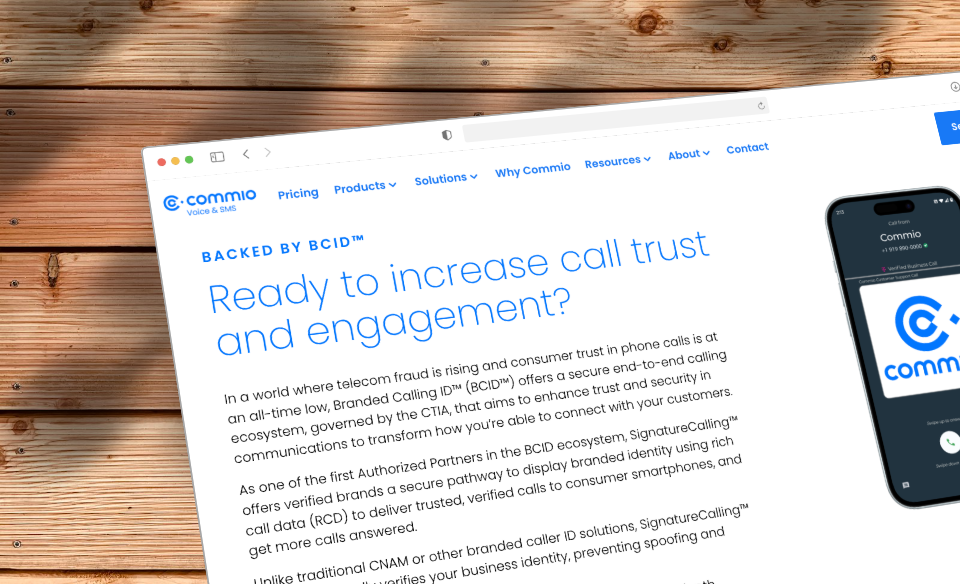Thanks to the Internet, connectivity from near and far has virtually shrunk the world. People can now communicate at the click of a button or swipe of a screen from wherever they may be. But connectivity has also led to information overload that often creates monstrous Internet traffic jams. Downtime is a problem for businesses, and redundancy in toll-free numbers and other phone systems is a solution.
Voice Failover and Redundancy Are Inseparable
Failover is an essential backup operation that commands secondary or multiple standby systems to take over when the primary system fails. Failover:
- is a resilient proxy for critical networks that rely on 24/7 accessibility;
- ensures seamless operation within a network; and
- prevents interruption for the end-user.
Many Voice over Internet Protocol (VoIP) carriers have the ability to provide failover services tailored to the needs of customers. For instance, if Session Initiation Protocol (SIP) or public switched telephone network (PSTN) devices cannot receive calls, the calls can be automatically rerouted to another SIP destination or PSTN number specified in the service level agreement (SLA).
Redundancy increases the reliability of toll-free and other VoIP phone systems by providing multiple alternative, yet independent, paths through which calls can be rerouted. VoIP service providers make this possible by arranging direct carrier interfaces with various carriers across service areas around the globe.
For any redundancy strategy to succeed, business users need to make sure that the providers they hire also build redundancy into their own systems. For example, multiple data centers ensure that a single point of failure does not have a major impact on services. Veteran VoIP providers also use network management tools to detect early signs of failure in the network. Internal, inter-device and link failures are common causes of downtime. Providers can preempt trouble by rerouting traffic so that calls are delivered on time via alternative paths.
Redundancy Ensures Faster Data Recovery
Disasters happen without notice, but there are ways to prevent them. Redundant data centers, servers, storage systems, and other important components of the network facilitate faster data recovery and create more resilient communications systems. When customers can’t reach a business, it can lose many opportunities — especially sales. Constant network failure can lead to business failure. That is why toll-free phone failover and redundancy are paramount to creating a seamless calling experience for the survival of a business, and Commio’s failover and redundancy solutions for cloud voice makes it easy to ensure 99.99% up-time. Schedule a demo today.















